The Evolution of Fan Technology: Past, Present, and Future
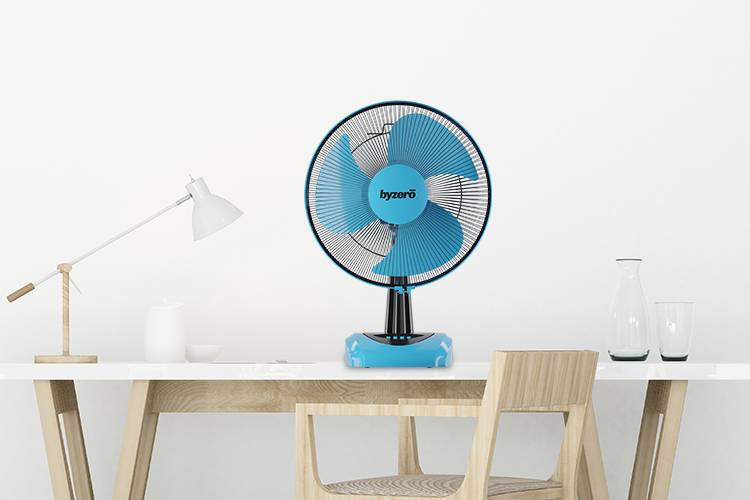
From the humble ceiling pull-chain to the sleek and silent oscillating fan, fan technology has come a long way. Fans have been a staple in human civilization for centuries, providing comfort and cooling in even the hottest climates. In this blog post, we'll take a trip down memory lane to explore the evolution of fan technology, from its primitive beginnings to the high-tech wonders of today, and what the future holds for this essential household appliance.
Early Fans: Simple But Effective
The earliest fans were nothing more than simple hand-held devices made from leaves, feathers, or cloth. These fans were used to cool people down by creating a current of air. Over time, more elaborate designs emerged, such as the paddle fan, which was operated by a hand crank or a foot pedal. These fans were more efficient at circulating air and were widely used in homes and businesses throughout the world.
The Rise of Electric Fans
The invention of the electric motor in the late 19th century revolutionised fan technology. The first electric fans were large and cumbersome, but they offered a significant improvement in cooling power over their manual counterparts. By the early 20th century, electric fans had become a common household appliance, providing much-needed relief from the summer heat.
Modern Fans: A Blend of Innovation and Efficiency
Today's fans are a far cry from their primitive ancestors. Modern fans are not only more efficient at cooling, but they also come in a wide variety of styles and sizes to suit any need. Some popular types of fans include:
- Table Fans: Compact and portable, table fan are a great option for personal cooling. We offer a variety of table fans, including energy-efficient models and those with adjustable speeds and oscillation settings to provide customized comfort.
- Wall Fans: Wall fans are a space-saving option that can be mounted on a wall or ceiling. Byzero's wall fans are known for their durability and powerful airflow, making them ideal for larger rooms.
- Exhaust Fans: Essential for kitchens and bathrooms, exhaust fans help to remove moisture and odors from the air. We offer a range of exhaust fans to suit different needs and ventilation requirements.
- Ventilator Fans: Designed to provide whole-house ventilation, ventilator fans help to improve indoor air quality by removing stale air and bringing in fresh air.
The Future of Fan Technology
The future of fan technology is full of possibilities. We can expect to see even more energy-efficient fans, as well as fans with smart features that can be controlled remotely or integrated into smart home systems. Additionally, we may see the development of new and innovative fan designs that are even more effective at cooling our homes and businesses.
Byzero is at the forefront of fan technology, offering a wide variety of innovative and energy-efficient fans to suit your needs. Whether you're looking for a table fan to keep you cool on a hot day or a ventilator fan to improve your indoor air quality, Byzero has the perfect fan for you.
In conclusion, fans have come a long way since their humble beginnings. From simple hand-held devices to the high-tech wonders of today, fans have played an essential role in keeping us cool and comfortable. With continued innovation, we can expect to see even more amazing fan technology in the years to come. For a comprehensive overview of the history and advancements in fan technology, you can check out this article on Wikipedia.
Frequently Asked Questions (FAQs) :
-
How did early fans work before the invention of electricity?
Early fans were typically hand-held devices made from materials like leaves, feathers, or cloth. These fans worked by manually creating a current of air to cool people down. More advanced early designs included paddle fans operated by hand cranks or foot pedals, which were more effective at circulating air in homes and businesses.
-
What was the impact of the invention of electric fans in the late 19th century?
The invention of the electric motor revolutionized fan technology by introducing electric fans that provided a significant improvement in cooling power. Unlike their manual predecessors, electric fans could operate continuously and with greater efficiency, becoming a common household appliance by the early 20th century and offering much-needed relief from summer heat.
-
What are the key features of modern fans compared to their historical counterparts?
Modern fans are designed with improved efficiency and a variety of styles and sizes. For example:
- Table Fans: Compact and portable with features like energy efficiency, adjustable speeds, and oscillation.
- Wall Fans: Space-saving options known for durability and powerful airflow.
- Exhaust Fans: Essential for ventilation in kitchens and bathrooms, helping to remove moisture and odors.
- Ventilator Fans: Provide whole-house ventilation to improve indoor air quality by removing stale air and bringing in fresh air.
-
How do modern fans contribute to energy efficiency and comfort?
Modern fans are designed to be more energy-efficient and customizable. They offer features such as variable speed settings, oscillation, and advanced materials that help improve cooling efficiency while reducing energy consumption. Innovations also include fans with smart technology for remote control and integration into smart home systems.
-
What should I consider when choosing a fan for my home?
When selecting a fan, consider the following factors:
- Type of Fan: Choose based on your needs, whether it's a table fan for personal cooling, a wall fan for larger rooms, or an exhaust fan for ventilation.
- Size and Power: Ensure the fan is appropriately sized for the room and has the power needed for effective cooling.
- Features: Look for features such as adjustable speeds, oscillation, and energy efficiency to match your comfort requirements and preferences.
- Integration: Consider if you want smart features for remote control or integration with your home automation system.
-
What advancements can we expect in the future of fan technology?
The future of fan technology is expected to bring even more energy-efficient designs and smart features. Innovations may include fans with advanced cooling technologies, improved materials for better performance, and integration with smart home systems for enhanced control and convenience. Ongoing research and development will likely lead to more effective and versatile fan solutions.

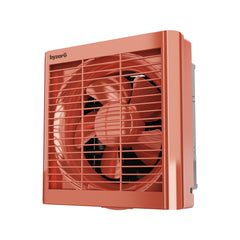
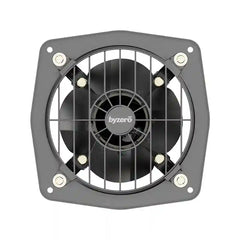
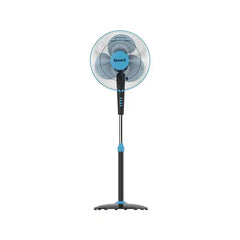
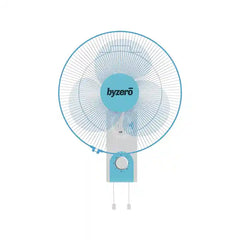
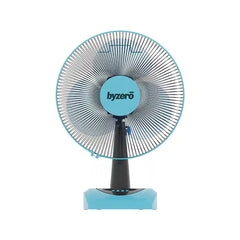
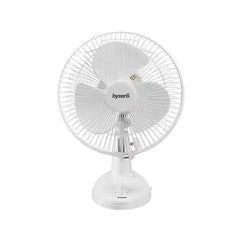




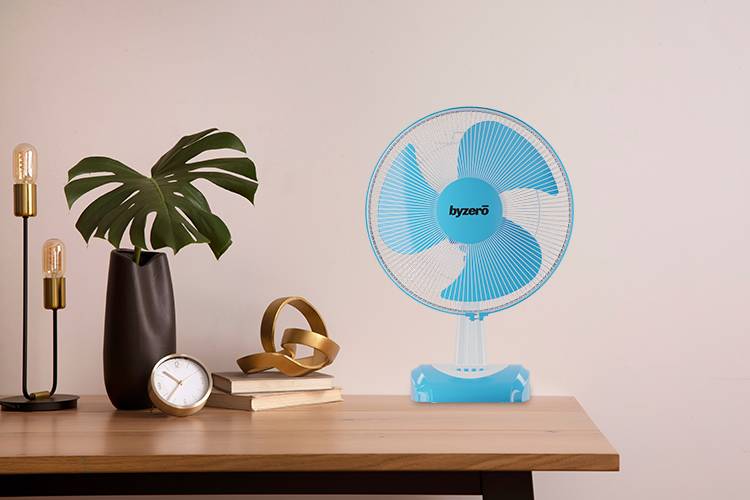



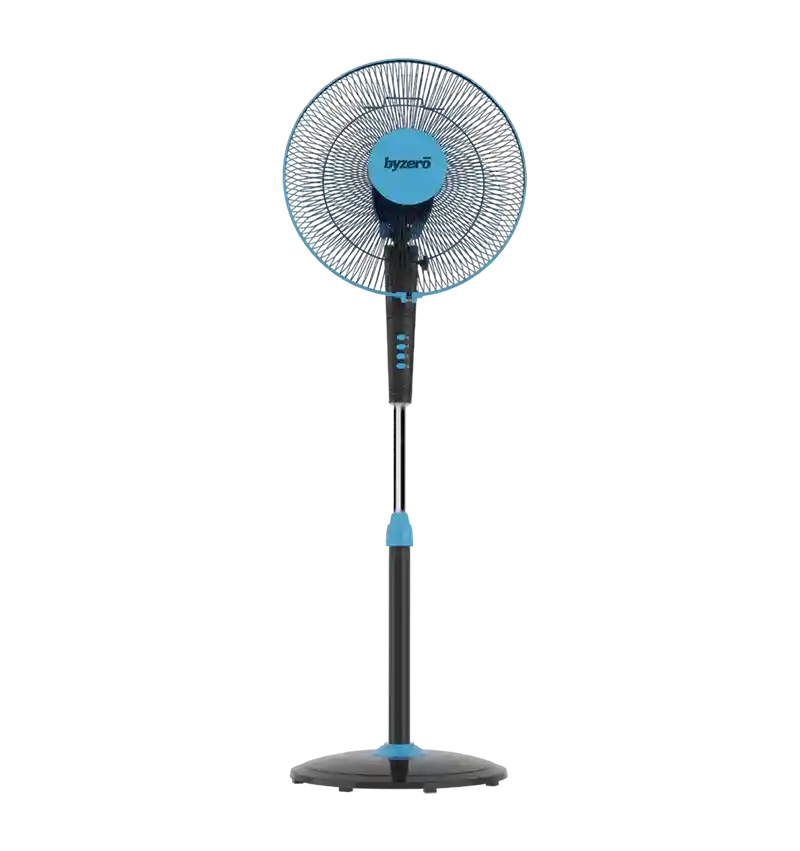
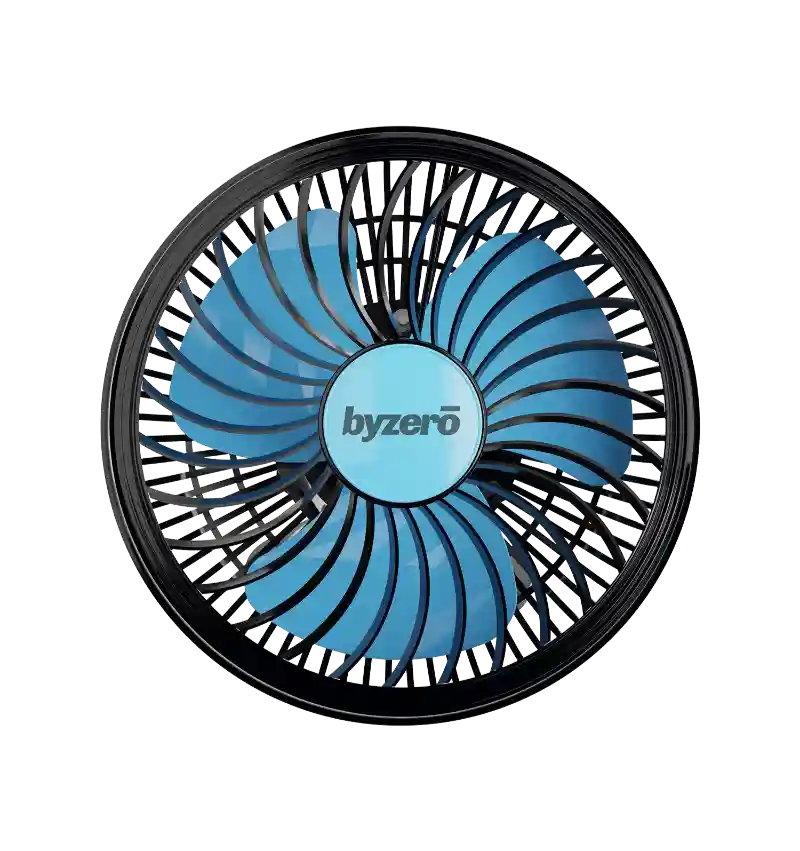
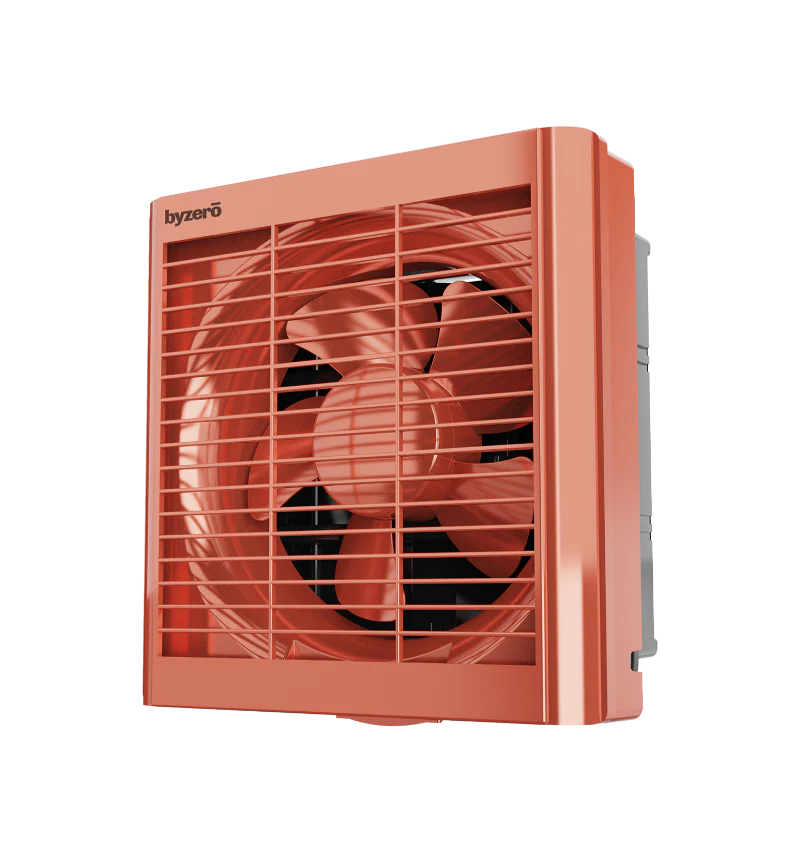



Leave a comment